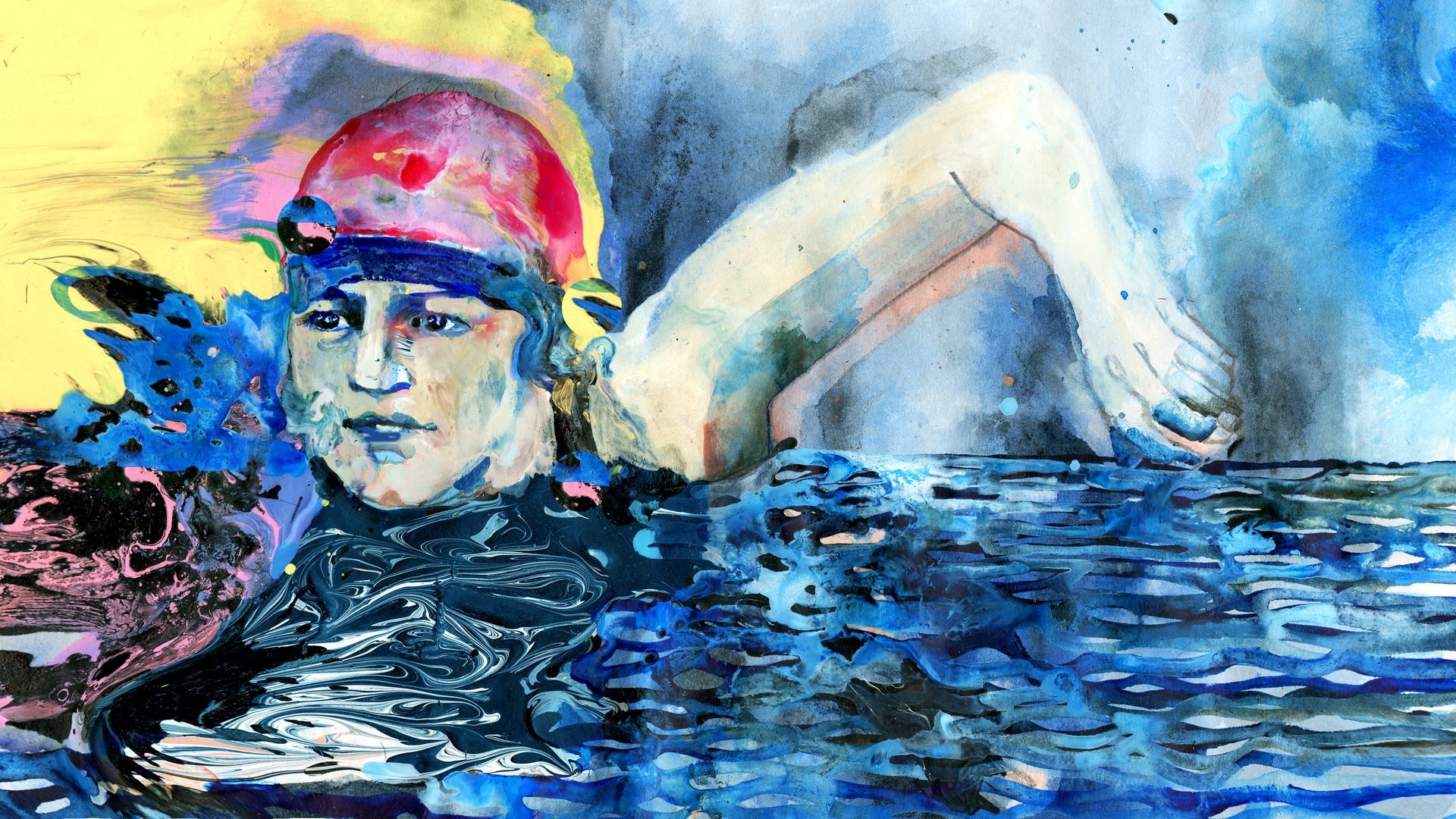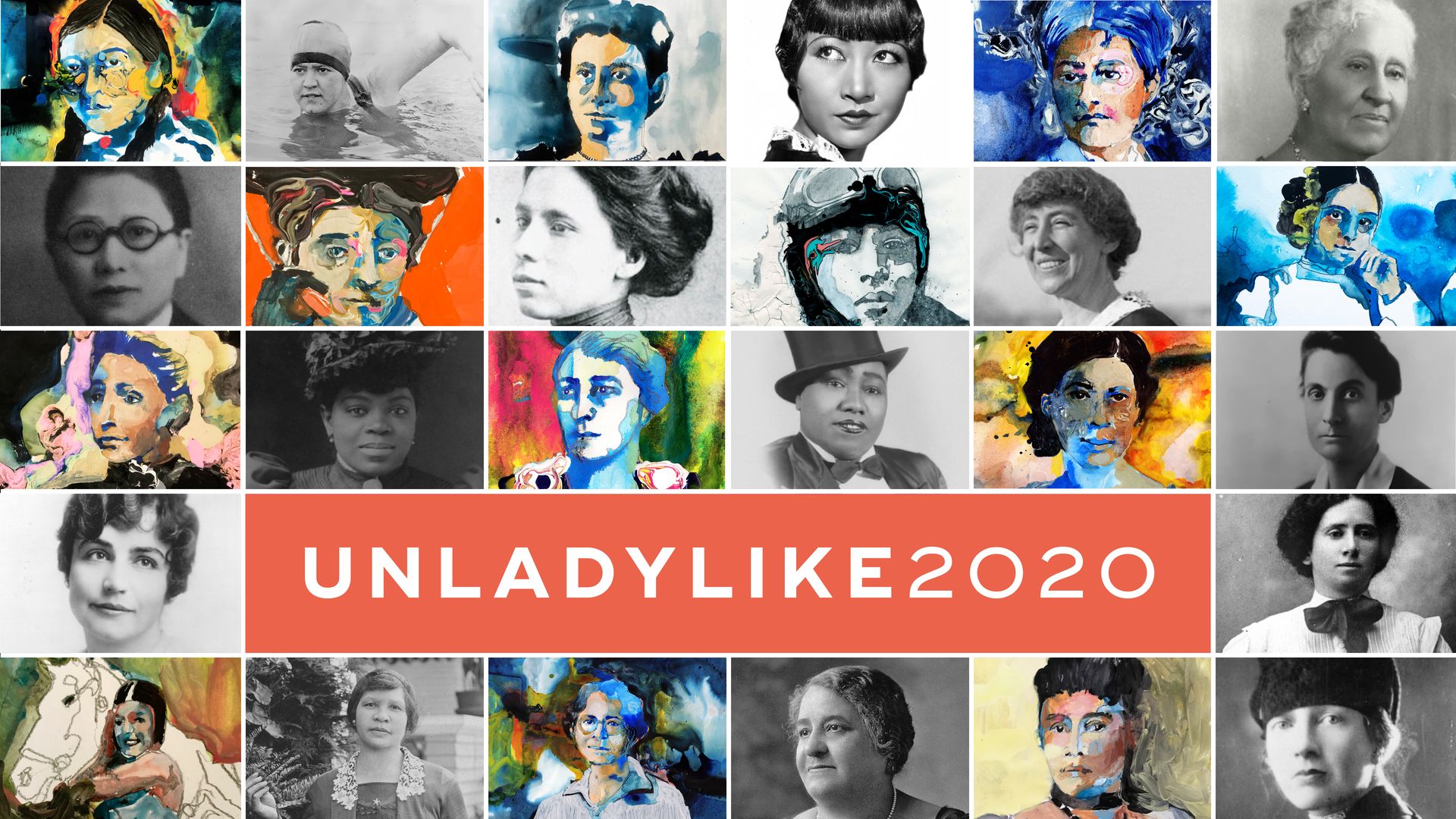Gertrude Ederle
Year: 2020
Country: USA
Director: Charlotte Mangin, Sandra Rattley
Genre: documentary
Runtime: 10 min.
Age: 12+
Country: USA
Director: Charlotte Mangin, Sandra Rattley
Genre: documentary
Runtime: 10 min.
Age: 12+
First Woman to Swim the English Channel / 1905-2003
Gertrude Ederle was born on October 23, in 1905, in New York City, to a German immigrant family. At nine years old, her father taught her to swim by tying a rope around her waist in the Shrewsbury River in New Jersey. When Ederle was very young, a case of the measles led to hearing damage, and doctors warned her that swimming would worsen her hearing loss.
Nonetheless, in 1918, at a time when women were discouraged from participating in athletics, Ederle joined a swimming team at the Women’s Swimming Association in New York City. Founded by women in 1917, it was one of the first athletic organizations to promote women’s competitive sport in the U.S. Ederle dropped out of school in her early teens to train in swimming year round. At age 15, she became the first woman to swim the length of New York Bay and in 1924, won three medals at the Paris Olympics. By 1925, Ederle had set 29 world records in women’s freestyle, including a long distance race from New York to New Jersey, a record which stood for over 80 years.
In 1925, with sponsorship from the Women’s Swimming Association, Ederle set her sights on what was considered the ultimate endurance test of the time: to swim across the English Channel. Setting off from a beach in France, Ederle swam the crawl, or what’s now called the freestyle stroke, which was very unusual for the time. Half-way through the swim, however, Ederle’s coach reached out to her while she was under a large wave, a violation that disqualified her.
Ederle was determined to swim the Channel again the following year. To enhance her mobility in the water, Ederle designed her own goggles and a more aerodynamic two-piece swimsuit — revolutionary for the time, when women wore full-length skirts and often stockings at beaches and pools.
In 1926, Ederle set off again from Cap Gris-Nez, France into the frigid water and treacherous tides. Fourteen hours and 39 minutes later, she arrived on the British shore — beating the existing men’s record by two hours. At age 20, Ederle rocketed to international fame as the first woman to successfully swim the English Channel. Two million people celebrated her with a ticker tape parade in the streets of New York City and she was widely called “Queen of the Waves” and “The Grease Smeared Venus.” She was one of the first women athletes to visit the White House and President Calvin Coolidge referred to her as “America’s Best Girl.” Her Channel swim helped to demonstrate that women could be great athletes, and inspired more than 60,000 women throughout the U.S. to earn Red Cross swimming certificates in the 1920s.
Ederle’s sudden fame and huge attention from the press became overwhelming, and as a result, she suffered from what doctors then called a nervous breakdown. The Channel swim had also significantly worsened her hearing, and she retired from swimming competitively in 1928, at age 22. Ederle toured the country on the vaudeville circuit, demonstrating the crawl in a portable tank. Later in life, she taught swimming to deaf children at the Lexington School for the Deaf in New York City. In 1965, Ederle was finally inducted into the International Swimming Hall of Fame. She died on November 30, 2003, at the age of 98.

